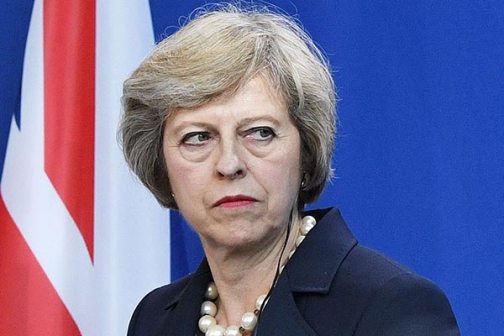After surging in the spring, the prices of goods like lumber, corn and soybeans have come back down to Earth. Coffee is headed in the opposite direction.
What’s happening: Futures for robusta coffee, which is often used to make espresso, recently jumped as high as $2,024 per tonne, their highest level in four years. Analysts are pointing to adverse weather in Brazil as well as Covid-19 restrictions in Vietnam.
“Brazil is the largest coffee producer in the world,” Warren Patterson, ING’s head of commodities strategy, told me. “They’ve been hit with quite a bad drought this year and it’s been followed by frost,” which has seriously harmed the country’s coffee trees.
Arabica futures for December are up 3% this month after climbing 18% in July.
What it means: Companies like Starbucks (SBUX) buy coffee ahead of time and have hedging strategies in place to lock in prices. But J.M. Smucker (SJM), which owns the Folgers and Dunkin’ coffee brands, said last week that rising costs will still affect its business, especially since it’s already contending with more expensive transportation and packaging.
“As we came into the fiscal year, we were anticipating mid single-digit cost inflation as a percent of our total cost of goods sold,” J.M. Smucker’s Chief Financial Officer Tucker Marshall told analysts. “Now we’re seeing high single-digit cost inflation.”
Consumers could pay some of the difference. JDE Peet’s, whose coffee portfolio includes Peet’s Coffee and Stumptown, said earlier this month that it had some hedging “in place” but was thinking hard about its pricing strategy.
-CNN






